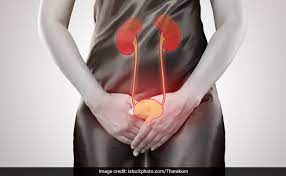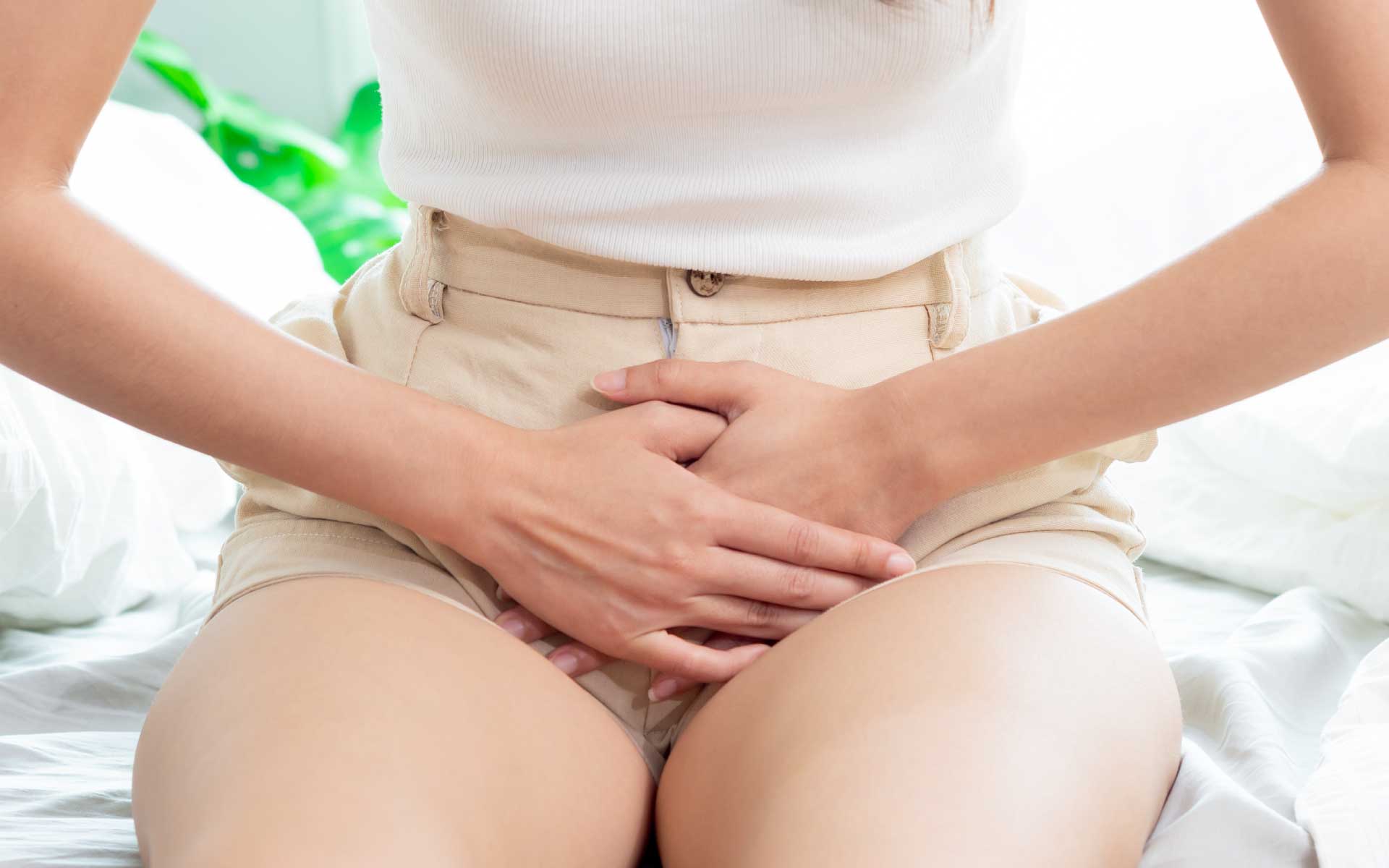Happy Sunday to you all. One more week of informative posts coming your way. Today we take a glance at UTIs Recurrent Urinary Tract Infections.
Recurrent UTIs are common among both young healthy women and healthy women at midlife and are the most recurrent female complaint at ALL ages. UTI´s affect over half of all women at some point in life and repeatedly in 25 percent of these. Menopausal women have an increased risk of recurrent urinary tract infections, which has been associated with low oestrogen levels.
As you learnt in an earlier post, the hormone oestrogen allows the “good” bacteria called Lactobacillus to thrive. These bacteria produce acid, which lowers the pH in the vagina, which helps keep the “bad” bacteria in check.
For younger women, frequent sex is one of the biggest risk factors for a UTI. Sexual intercourse can cause the bacteria in the vagina and rectum to get into the urinary tract, since they are close neighbours. But at midlife, the main culprits behind recurrent UTIs are physical changes, including thinning of vaginal tissue, pelvic organ prolapse, incontinence, and trouble completely emptying the bladder. Of course, the lower levels of oestrogen after menopause are also a factor. – seabuckthorn oil may therefore also offer protection with good levels of lactobacillus species.
This is how infection may occur: Infecting bacteria first come in contact with the inside of the urinary bladder. The bladder interior is covered with cells just like those on your skin, acting as a fence protecting the vulnerable tissue as well as producing antimicrobial peptides, the body’s ”self-made antibiotic”. These peptides act as rapid front line soldiers fighting infecting microorganisms. By the early action of the antimicrobial peptides, the number of bacteria can be reduced before they have a chance to multiply. In the postmenopausal woman, however, the epithelium is much more fragile and often damaged with occasional gaps between cells, which in turn affect the ability to resist infection. Also, in post menopause the low levels of oestrogen out the vagina back to a “pre puberty” environment having a HIGH Ph and lower lactobacillus. This encourages UTIs since the vagina should be acidic!
Additionally, the fall in oestrogen levels experienced during the peri-menopause and into and post menopause causes a reduction in glycogen availability in the vaginal cells. As the vaginal microbiome (bacteria) feed on glycogen as a prebiotic (food), this change in oestrogen levels can disrupt a woman’s microbial balance in the vaginal and urinary tracts.
What else can lead to a dysbiotic vagina?
- Antibiotic and spermicide use
- Multiple sexual partners (lots of bacteria in sperm!
- Increased frequency of intercourse
- Smoking
- Topical antifungals
- Stress
- Dehydration
- Increased dietary sugars
Supplements
There are effective prevention strategies for healthy women at midlife who are struggling with recurrent UTIs. A good place to start is with urination habits. When sitting on the toilet, make yourself as comfortable as possible in a relaxed seated position (not squatting). Start the stream of urine by relaxing the pelvic floor muscles, rather than straining to urinate. Allow enough time for your bladder to completely empty. Also empty your bladder after intercourse. This can help wash away any bacteria that might have been introduced into the urinary tract during sex.
Supplements which may offer relief:
https://amritanutrition.com/products/ut-select-60-vcapsules
https://amritanutrition.com/products/bio-me-femme-ut-90g
https://amritanutrition.com/products/mannose-powder-50g

